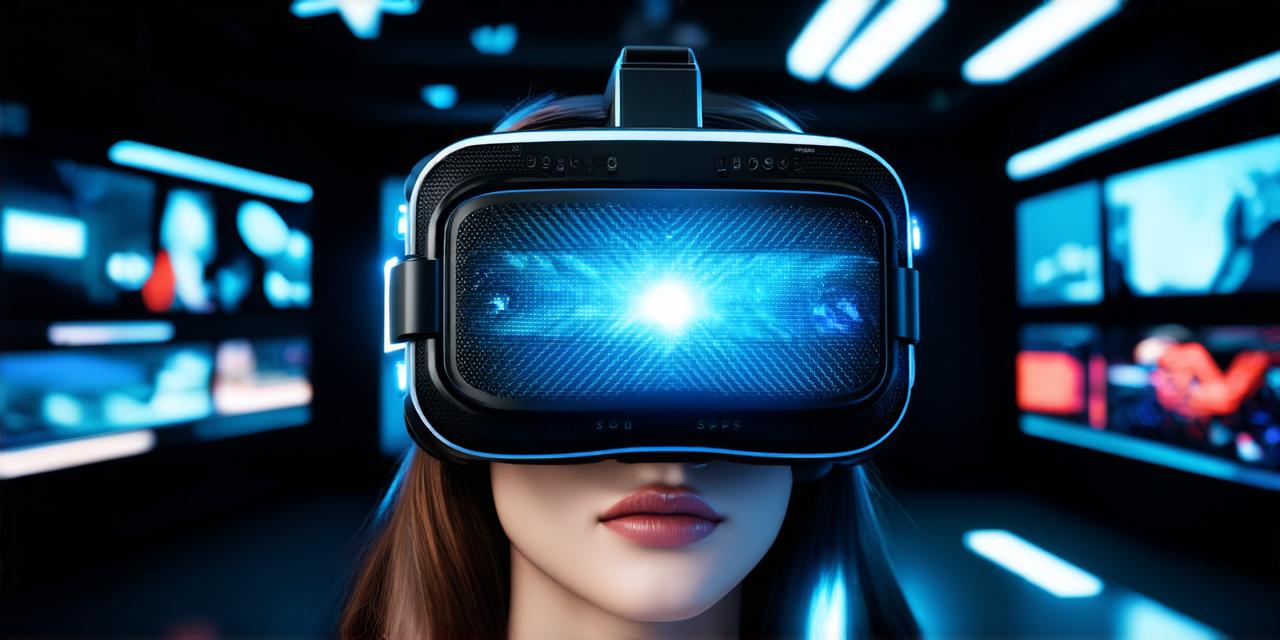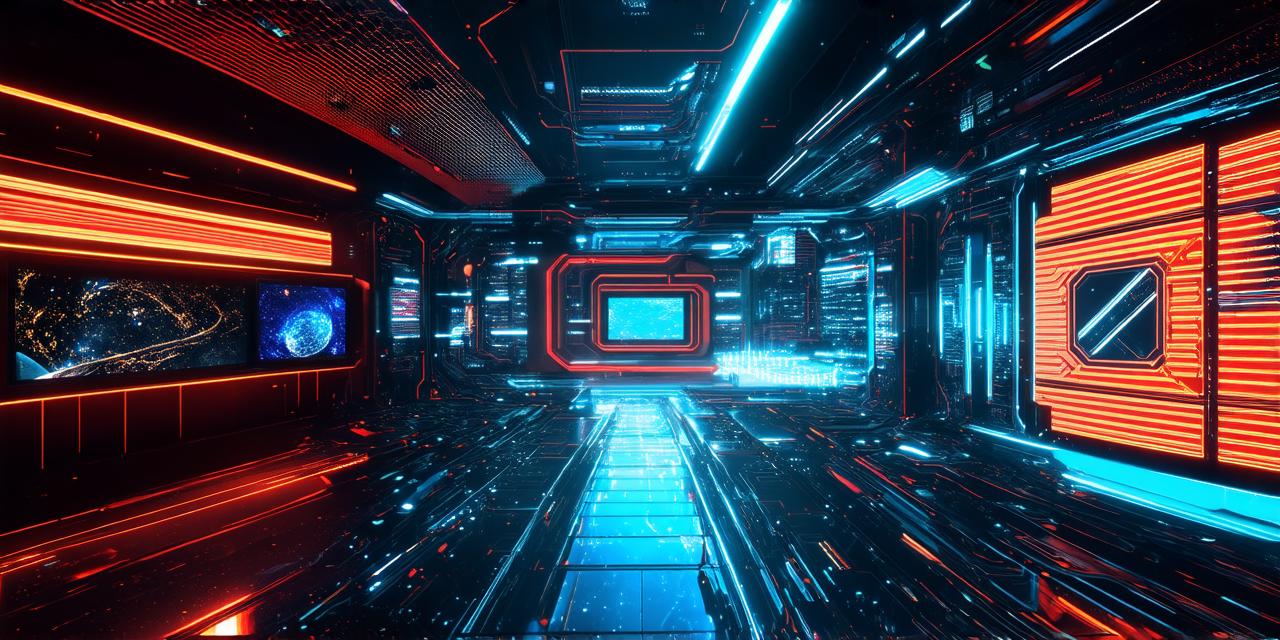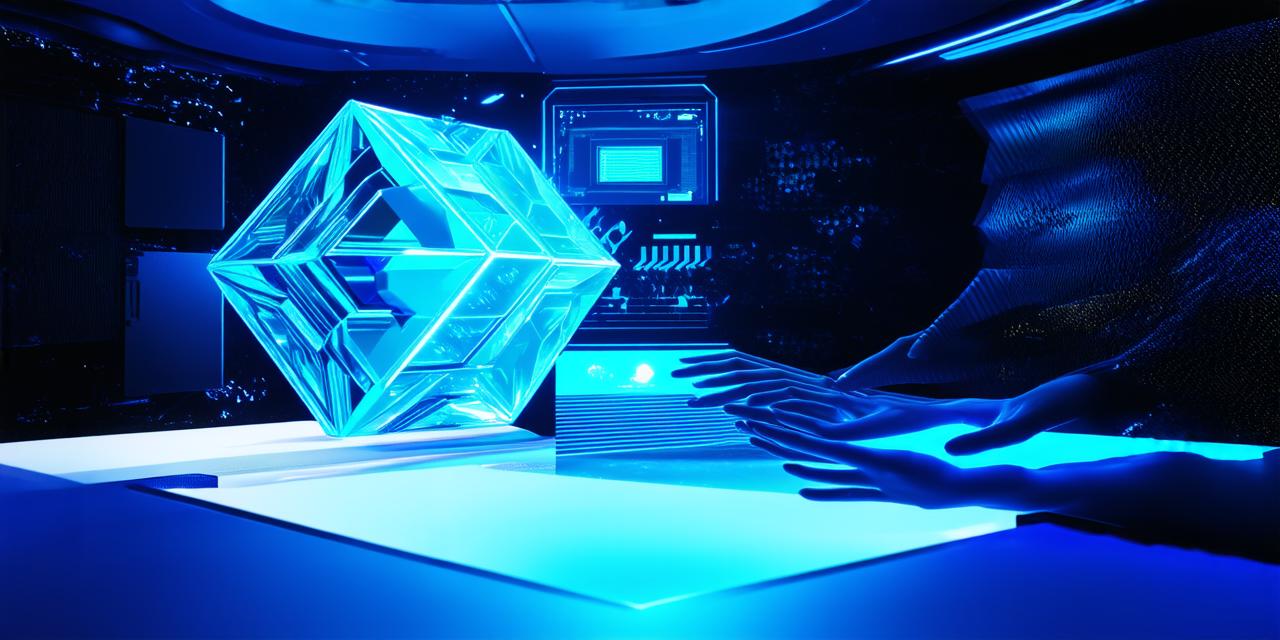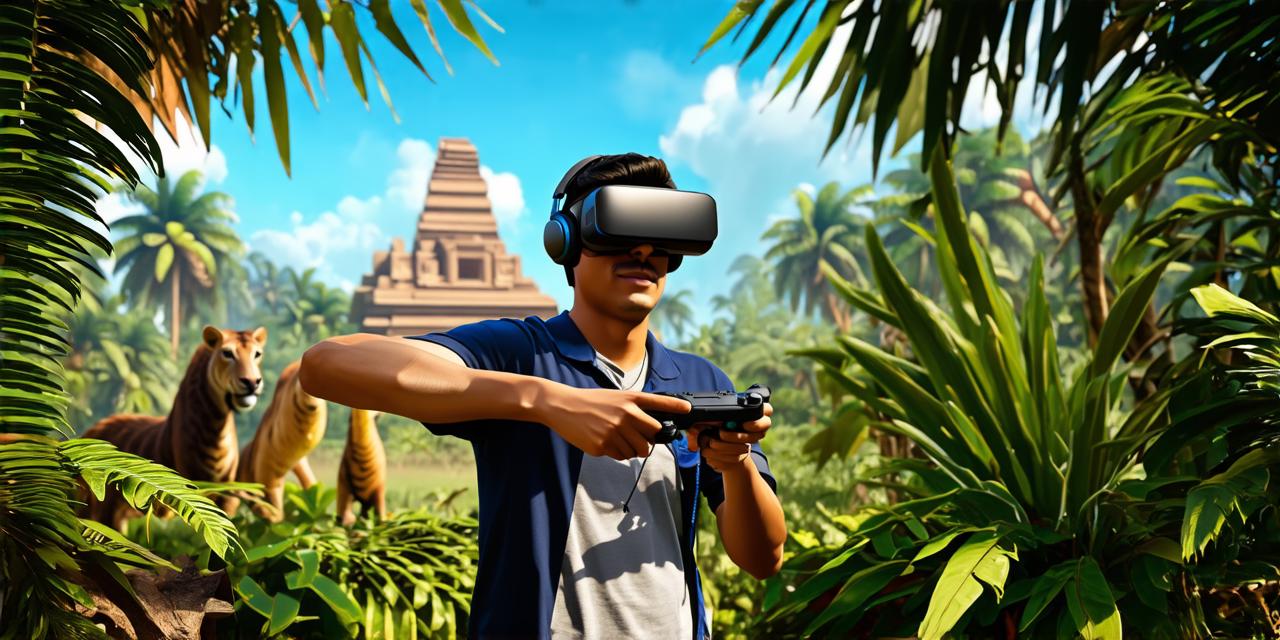Virtual reality (VR) technology has advanced significantly in recent years, and it is now possible to create immersive experiences that can transport users to other worlds.
1. Define the purpose of your VR experience
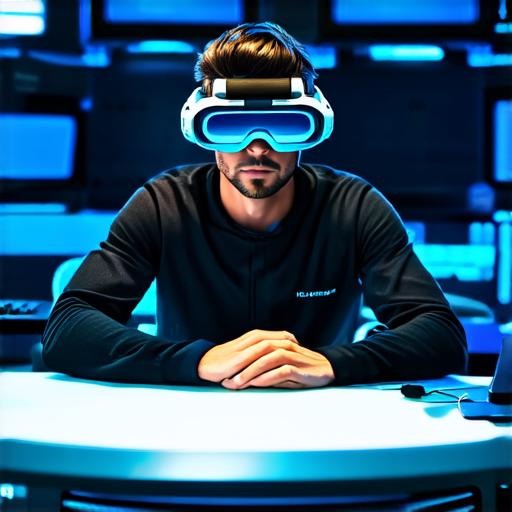
Before you start developing your VR experience, you need to define its purpose. This will help you determine what kind of experience you want to create and what features you need to include. The purpose of your VR experience can be anything from a simple game to an educational tool or a training simulation.
2. Choose the right hardware and software
The next step is to choose the right hardware and software for your project. There are several VR development platforms available, such as Unity, Unreal Engine, and A-Frame. These platforms provide a range of tools and features that you can use to create your VR experience. Additionally, you will need a VR headset, controllers, and a computer with the necessary specifications to run your experience.
3. Design the environment
The environment is one of the most important aspects of your VR experience. You need to design an environment that is immersive and engaging for the user. This includes creating 3D models, textures, and lighting that will make the environment feel realistic. Additionally, you need to create a layout that allows the user to move around freely and interact with objects in the environment.
4. Create interactive elements
Interactive elements are essential for making your VR experience engaging. You need to create interactive objects that the user can interact with, such as buttons, switches, and levers. Additionally, you need to create animations and sound effects that will make the user feel like they are in a real-world environment.
5. Test and refine your VR experience
Once you have created your VR experience, it is essential to test it thoroughly to ensure that it works as intended. You can use VR development tools to test your experience on different hardware configurations and software platforms. Additionally, you need to get feedback from users to identify areas where the experience can be improved. Based on this feedback, you can refine your VR experience to make it more engaging and immersive.
In conclusion, developing a virtual reality experience is a complex process that requires careful planning and attention to detail. By following the steps outlined in this article, you can create an engaging and immersive VR experience that will transport users to other worlds.
